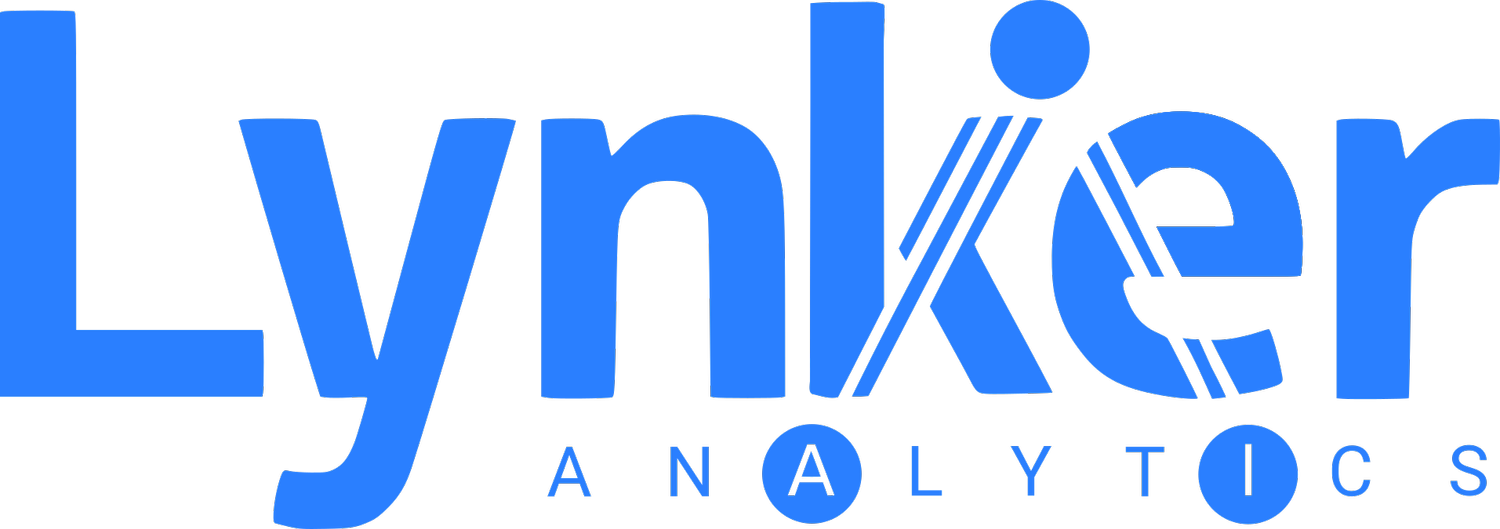Client: Bay of Plenty Regional Council Toi Moana
Land use describes the various ways that people use land (e.g. dairy farming or forestry) while land cover describes the types of natural or built features covering the land’s surface.
In 2021 Lynker Analytics partnered with Bay of Plenty Regional Council Toi Moana to develop an updated and comprehensive land use dataset over the Bay of Plenty. A previous layer had been developed in 2017 using an assembly of data such as Landcover Database (LCDB), AgriBase, Consents data, and aerial photography.
The goal for this work was to create a more automated and repeatable method using AI to map and monitor land use in high detail. A multi stage process including machine learning, vectorisation, multi-criteria GIS analysis, data harmonisation, validation and data production was used.
The first stage was the development of several neural network models to classify land cover from imagery. Two areas in the west had new high resolution (0.10m and 0.20m GSD) aerial ortho-photography while a third eastern area was modelled separately using 4 band pan sharpened 2021 imagery from the Airbus SPOT satellite (1.5m GSD). The output from the ML modelling was an integrated 9 class land cover layer across the entire study area including vegetation, pasture, water, bare earth and urban categories.
This modelled land cover layer was the main input into a multi-criteria analysis where land parcel polygons were assigned a final land use using a rules-based process to validate the attribution of each primary land parcel with consideration to external datasets including previous land use and agricultural or horticultural consents.
The high level of detail in the AI generated land cover dataset was generalised into land use categories mapped to land parcel. Polygon boundaries for classes such as exotic and native forest, wetland, hydro, and reserves were assessed against LCBD v5, prior land use data and district plans. Examples of the final land cover and land use data are shown side by side below.
Land cover (left), Land use (right) - Whakatane and surrounds.
Land cover (left), Land use (right) - Horticultural region.
As an example, If a consent for Dairy was found within a grass/pasture land cover polygon previously categorised as Sheep/Beef then land use was changed to Dairy. This process was also used for orchards which were identified by the models and validated against pre-existing land cover and consent data. In the assessment of parcel scale land use, hedgerows, buildings, specimen trees and other vegetation Land cover polygons within broader land use areas were dissolved out.
The three models had a combined accuracy (F1 score) of 0.87. Urban and orchard classes produced the highest F1 values (0.90, 0.89 respectively), while Pasture/Grassland had the lowest F1 value of 0.81 due mainly to seasonal (dryness) variability across the imagery sets.
An observed limitation of the model was the overprediction of some classes. This occurred often for kiwifruit and other orchards that exhibit a similar canopy especially in the coarser SPOT imagery areas. High entropy or statistical confusion was noted between regenerating forest and scrub or where no definitive boundary was present between vegetation and grass.
A useful outcome of the work was improved delineation of some river systems. Generally water polygons from LINZ other Council data sets were excluded from the rules analysis as they did not accurately mirror the present day geomorphology of these features.
Land cover (left), Land use (right) - Rotorua Lakes area.
The final project phase included quality assurance and review where BOPRC Land Management Officers, with assistance from Lynker Analytics, evaluated the land cover and land use output prior to finalisation. In the data production stage, a post-processed, topologically correct dataset is assembled, packaged and delivered with metadata applied directly to the final feature class.
Overall this AI enabled process enabled a mostly automated re-classification of land use parcels with finer detail than ever before including adding hedgerows, urban areas, kiwifruit, orchard/horticulture, avocado and vegetable/arables.
Deliverables:
Satellite Imagery (SPOT 4 band) for area spanning 3,411 square km.
Harmonised 9 class Land cover data set (polygon feature class).
15+ Land use data set (2021).
Data Quality and Accuracy Report.



